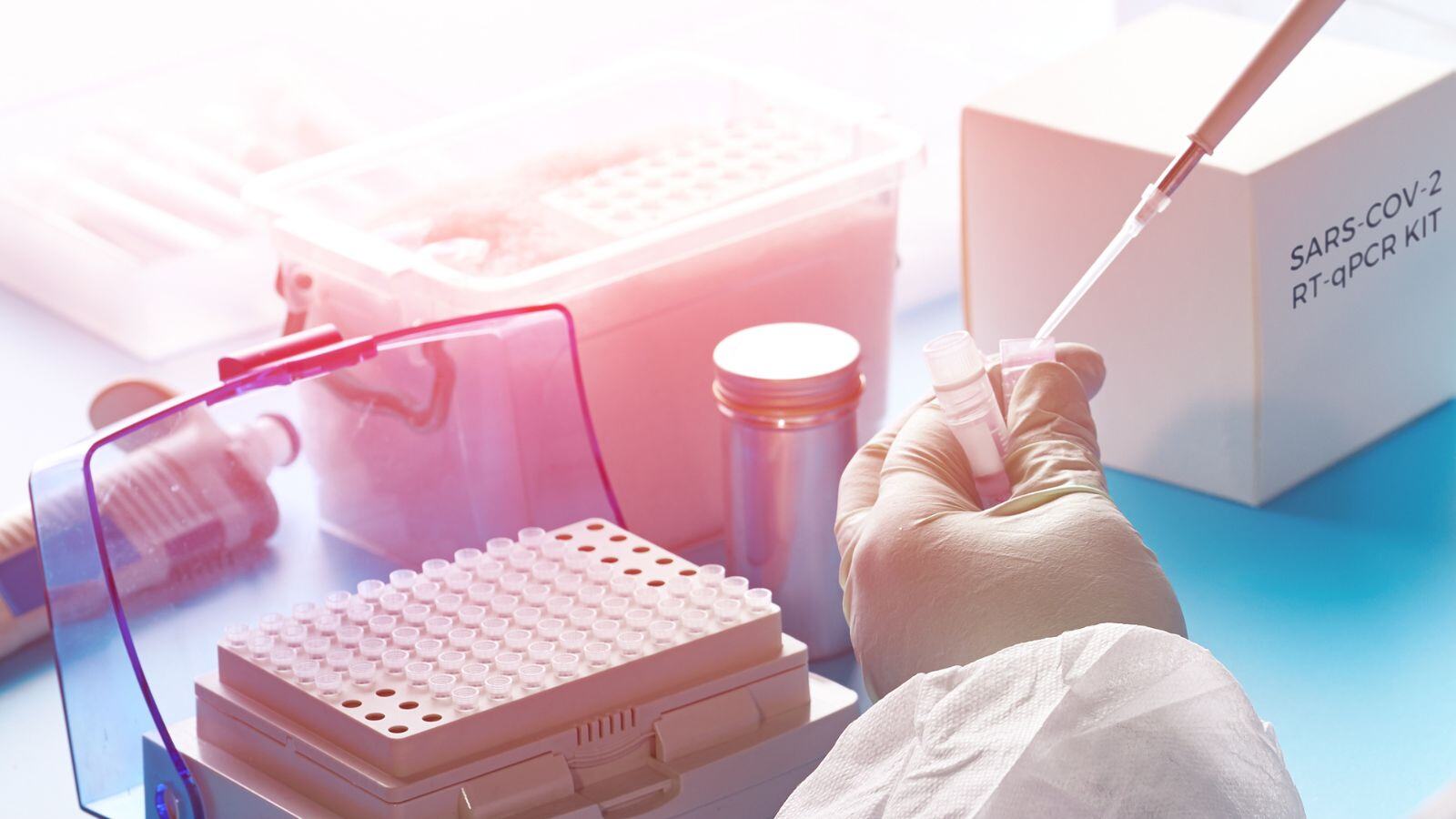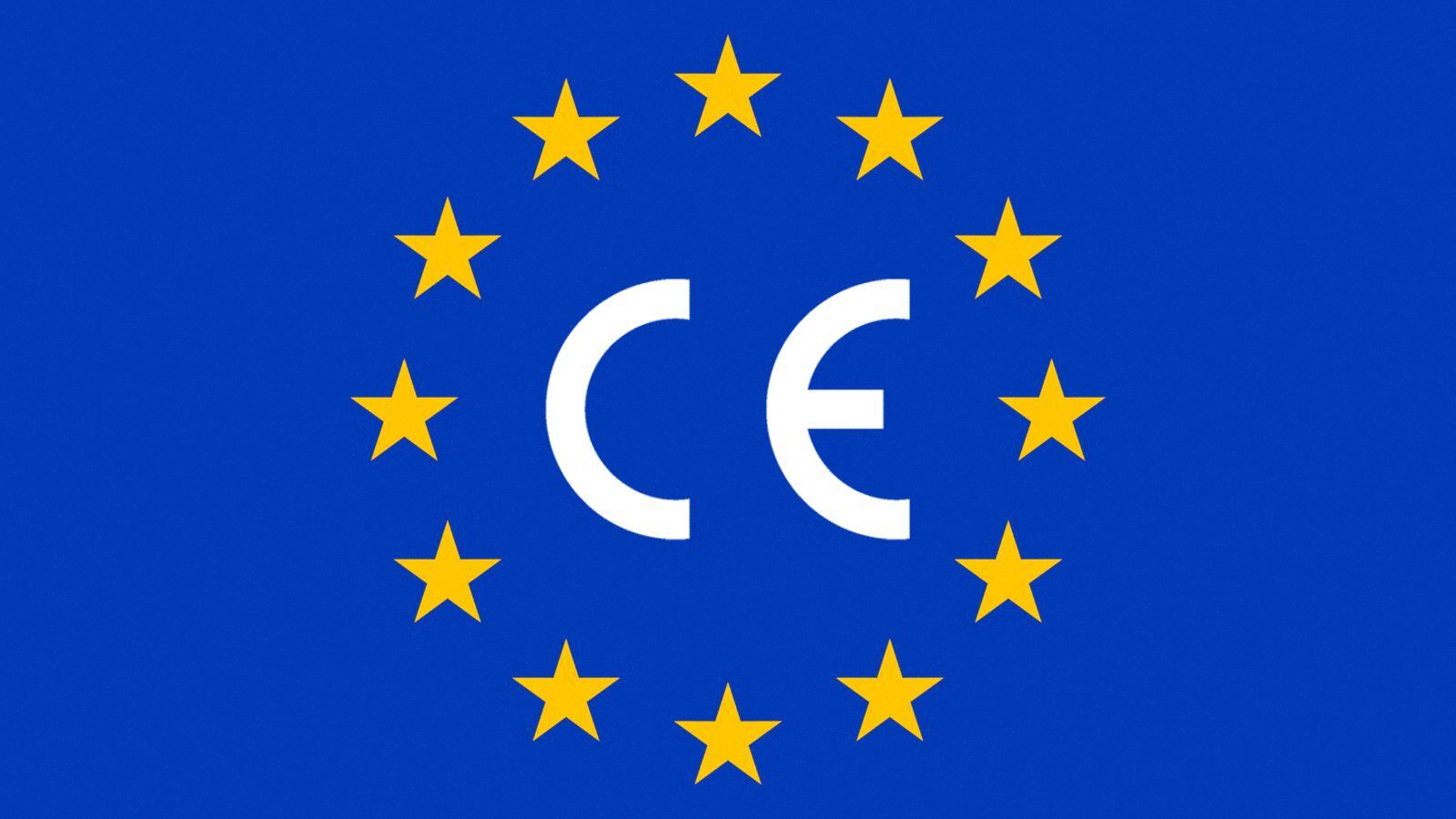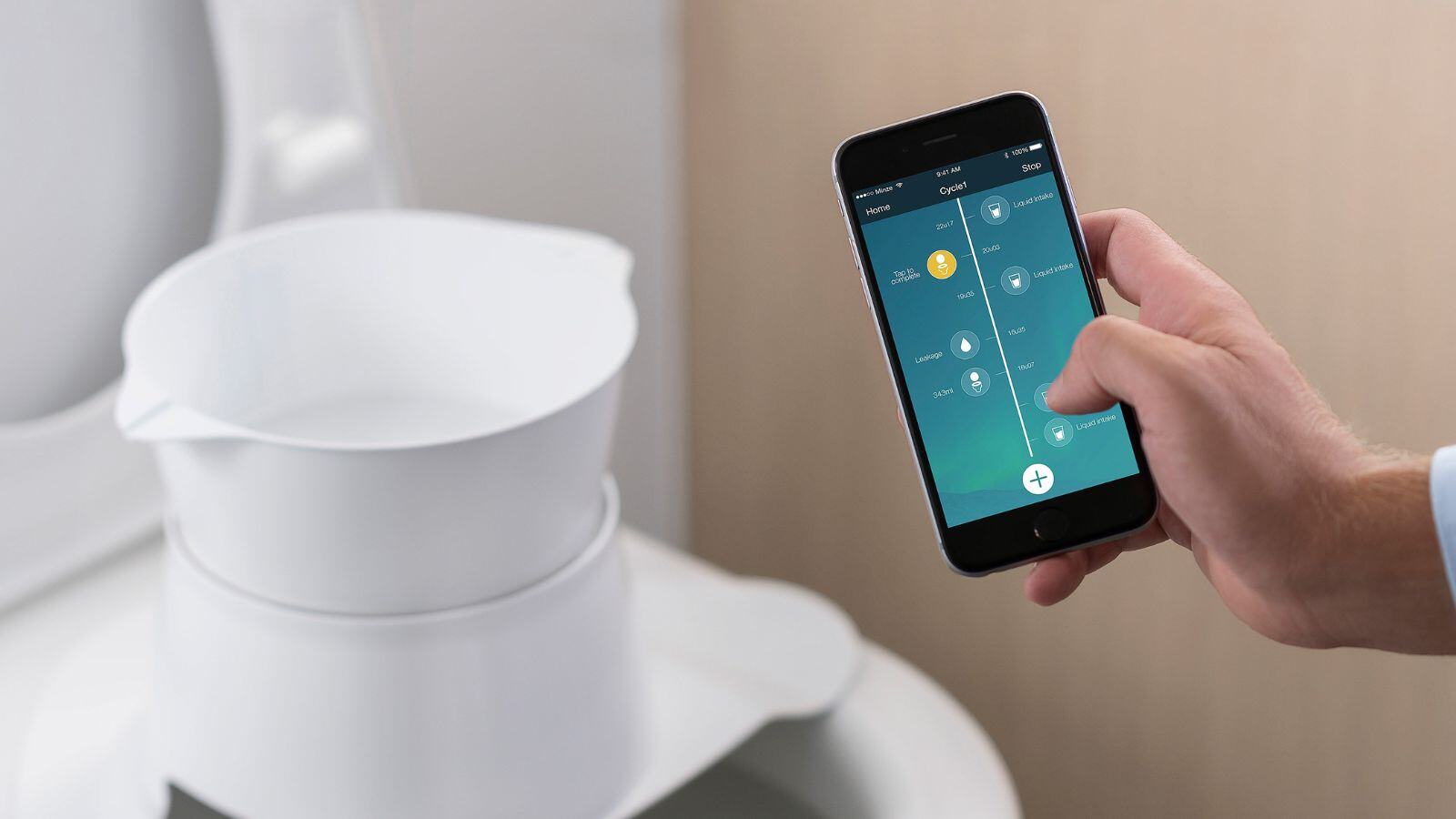In the In Vitro Diagnostic (IVD) medical device industry, adhering to regulatory requirements is paramount to ensure IVDs are safe and of good quality. With the implementation of Regulation (EU) 2017/746 (IVDR) alongside the widely adopted ISO 13485 Quality management system for medical devices, IVD manufacturers face the challenge of harmonizing these frameworks to maintain compliance. In this article, we’ll explore the key considerations for aligning ISO 13485 compliance with the regulatory requirements of the IVDR for a Quality Management System.
Understanding the Distinctions
While ISO 13485 serves as a foundational framework for Quality Management Systems (QMS) for all medical devices, including IVDs, the IVDR introduces significant regulatory requirements that necessitate a deeper examination. Merely achieving ISO 13485 certification does not automatically ensure full compliance with the IVDR’s QMS requirements.
Key IVDR QMS Requirements
-
Risk Management Compliance: IVDR places a lot of emphasis on risk management and the need to demonstrate a favorable benefit-risk ratio considering the current state of the art. It is thus highly advised to align with ISO 14971 for risk management practices and ensure this is incorporated into the design control process as well.
-
Regulatory Compliance Strategy: Manufacturers must develop a comprehensive strategy within their QMS to address new elements such as device classification and conformity assessment routes to follow, economic operator registration in EUDAMED, assigning Unique Device Identification (UDI), as well as establish procedures on how to practically implement the strategy and maintain the various systems.
-
Roles and Responsibilities: The IVDR introduces new roles for the Person Responsible for Regulatory Compliance (PRRC) and necessitates clear delineation of responsibilities within the QMS.
-
Handling Significant Changes: QMS processes must incorporate procedures for managing significant changes to devices,
-
GSPRs: a process must be put in place to ensure adherence to IVDR Annex I, General Safety and Performance Requirements (GSPRs).
-
Technical Documentation Requirements: IVDR Annex II and III outline specific documentation requirements, including provisions for clinical evidence, post-market surveillance (PMS), and documentation control.
-
Critical Supplier Control: Manufacturers must establish robust processes for controlling critical suppliers, ensuring compliance with IVDR requirements, and facilitating effective risk management.
Looking Ahead
Since the proposal to extend the transitional provisions for the IVDR now also introduces having an IVDR-compliant QMS by May 26th, 2025, IVD manufacturers must prioritize building their IVDR-compliant QMS immediately. Proactive measures include:
- Initiating a comprehensive gap analysis to identify areas of misalignment between ISO 13485 and IVDR requirements.
- Developing and implementing tailored strategies within the QMS to address IVDR-specific regulatory requirements, including risk management, regulatory compliance, and documentation control.
- Investing in staff training and education to ensure understanding and adherence to IVDR QMS requirements.
Conclusion
In conclusion, the convergence of ISO 13485 and IVDR QMS requirements underscores the evolving regulatory landscape within the IVD industry. By proactively addressing these requirements and aligning their QMS structures accordingly, manufacturers can navigate regulatory complexities with confidence and ensure continued compliance in the face of changing regulations.














%20Checklist.jpg)








.jpg)




.jpg)
.jpg)

.jpg)


.jpg)
.jpg)
.png)